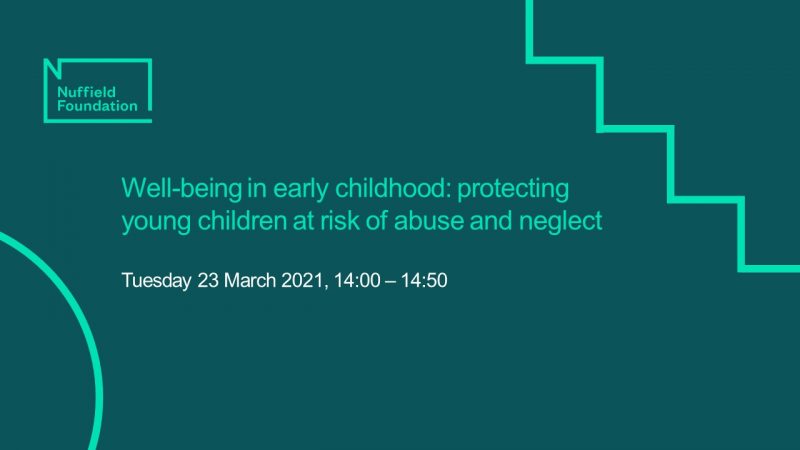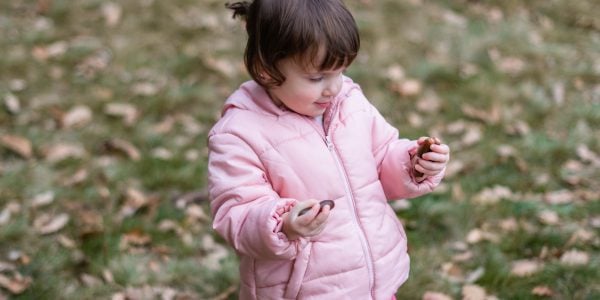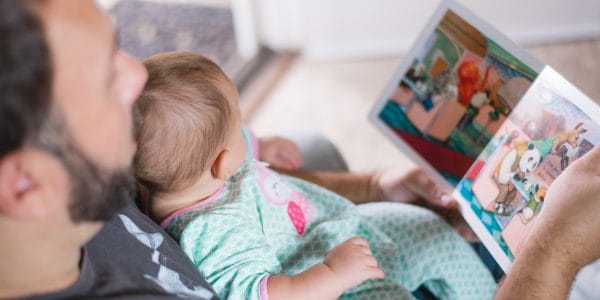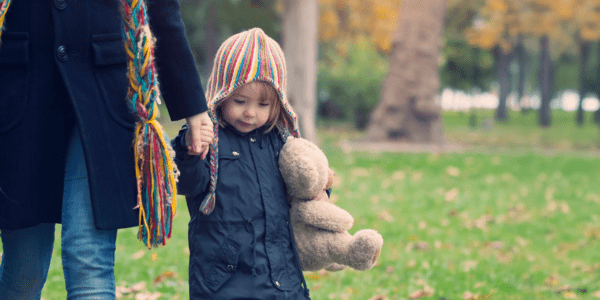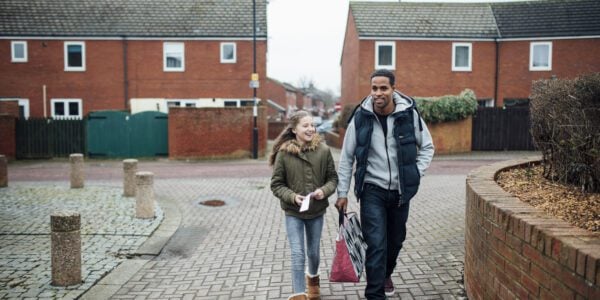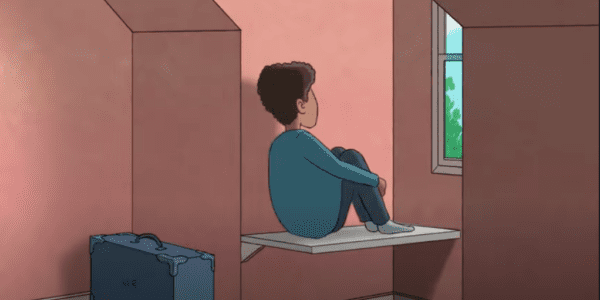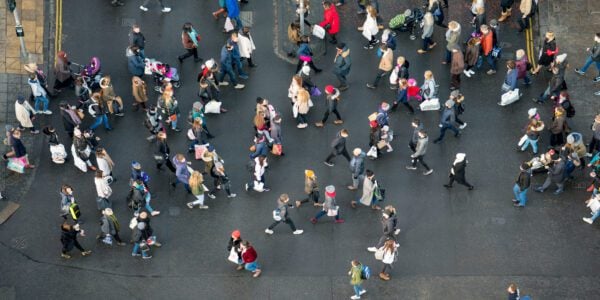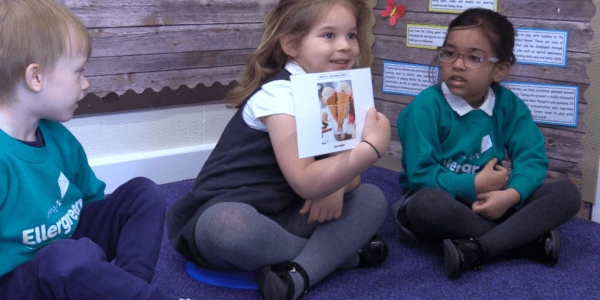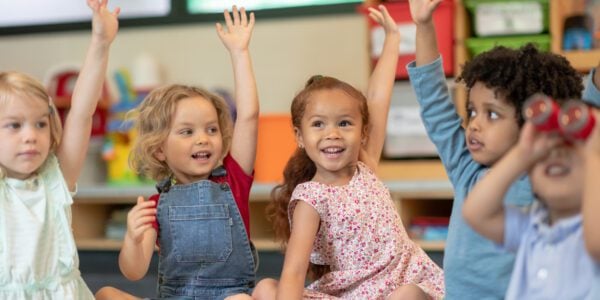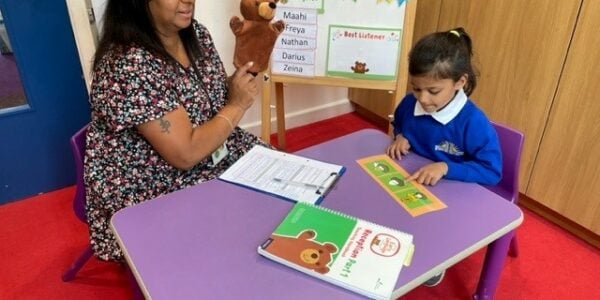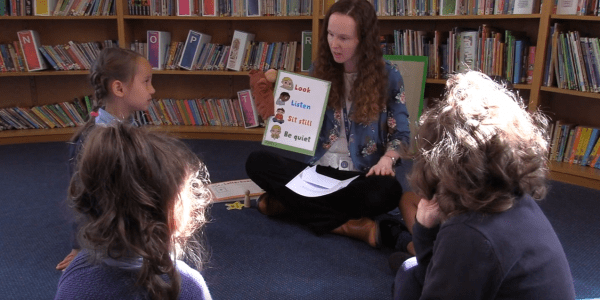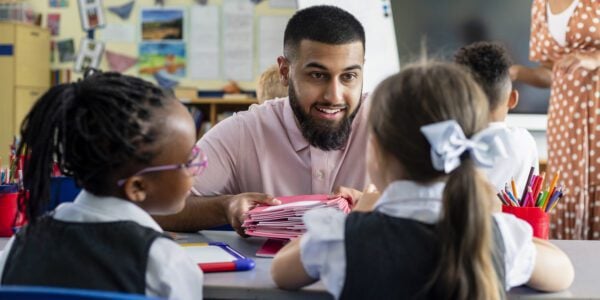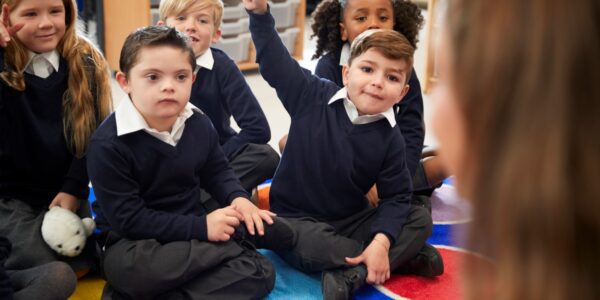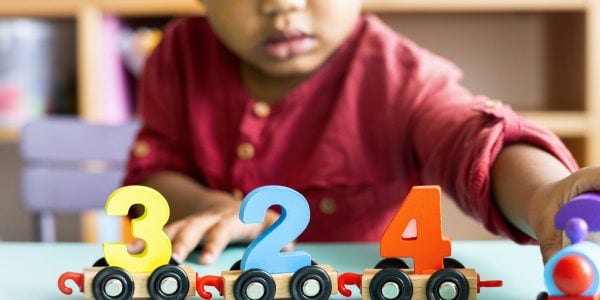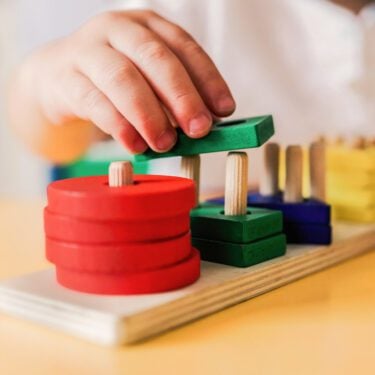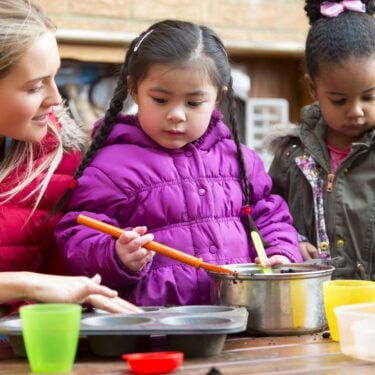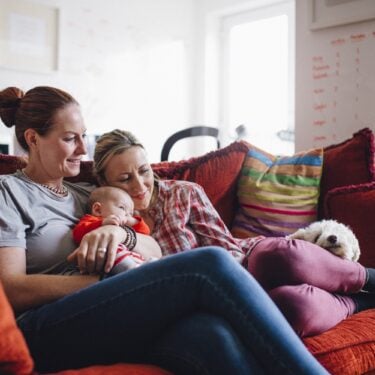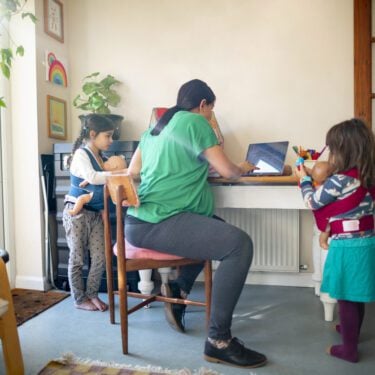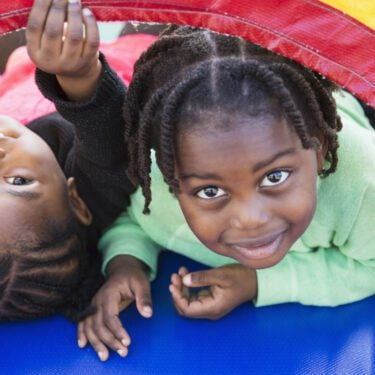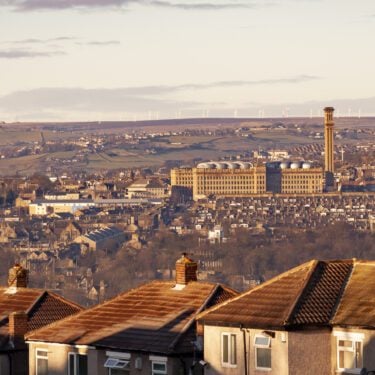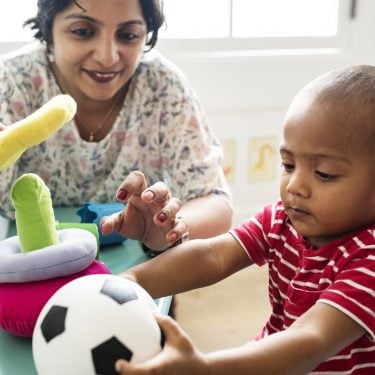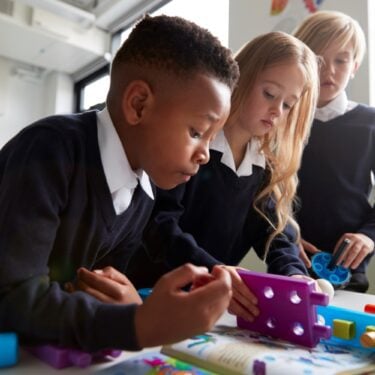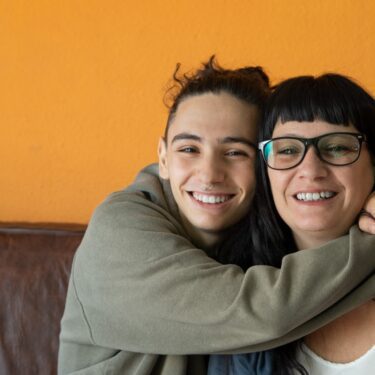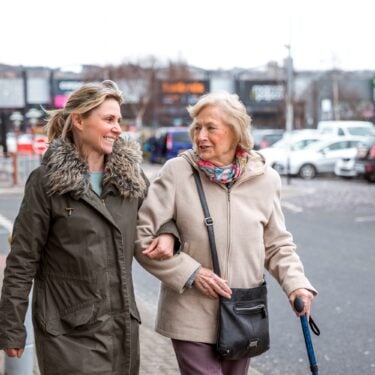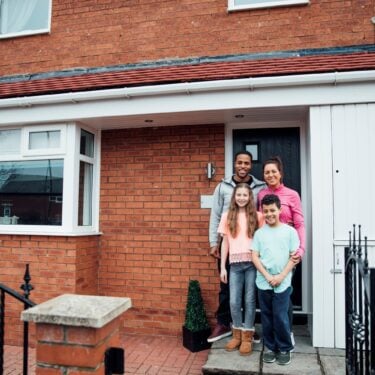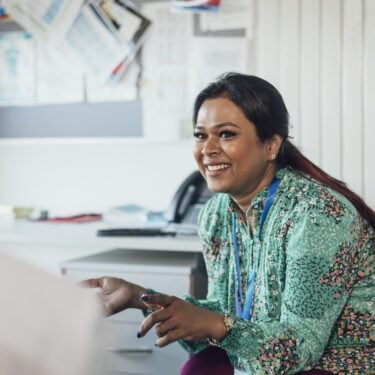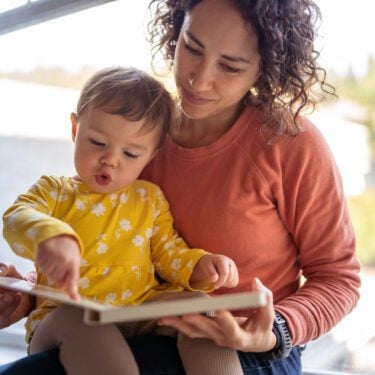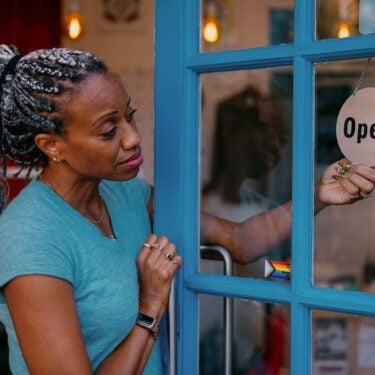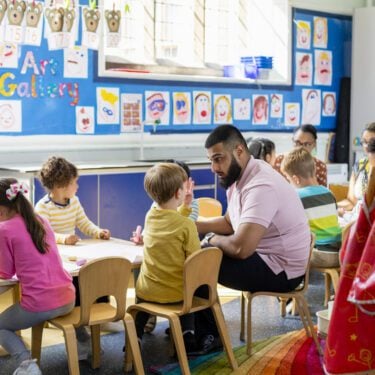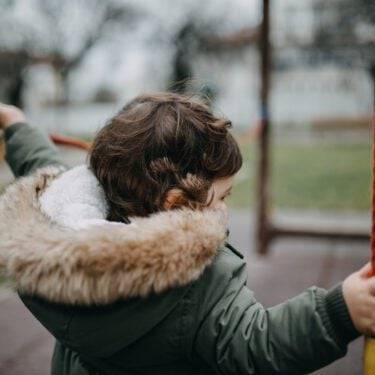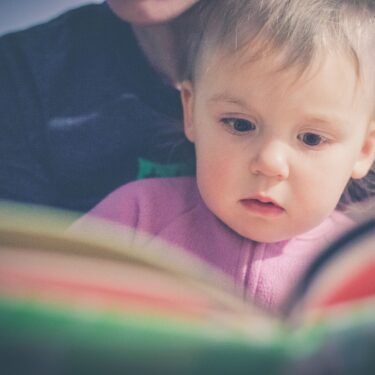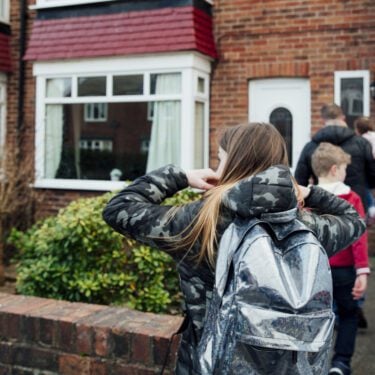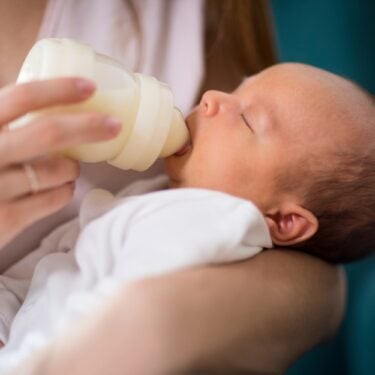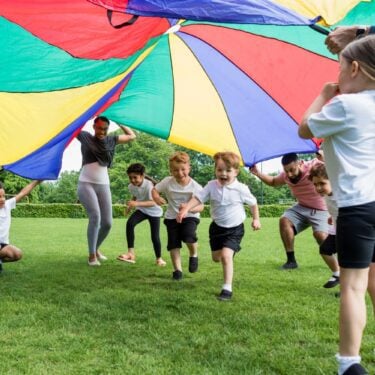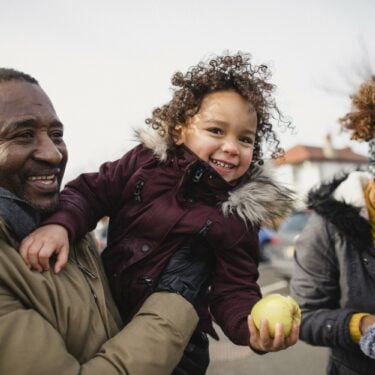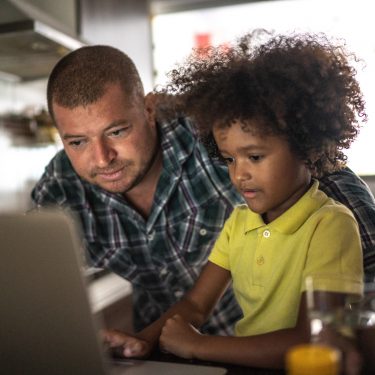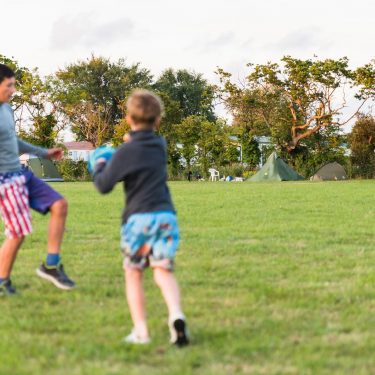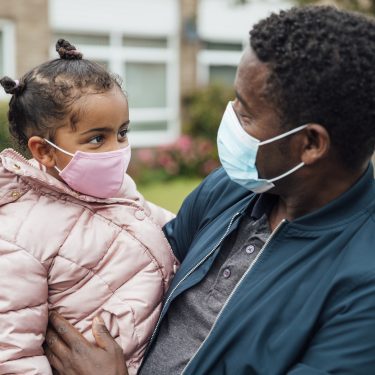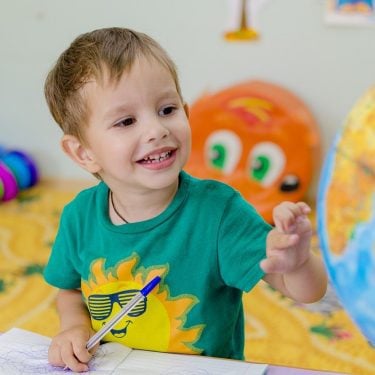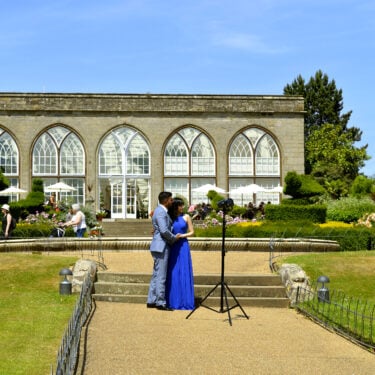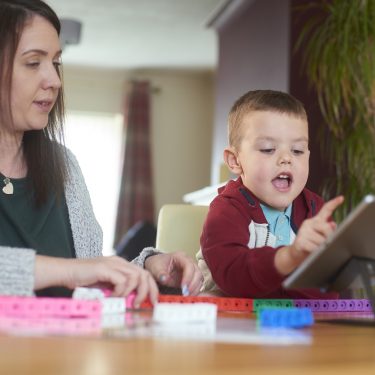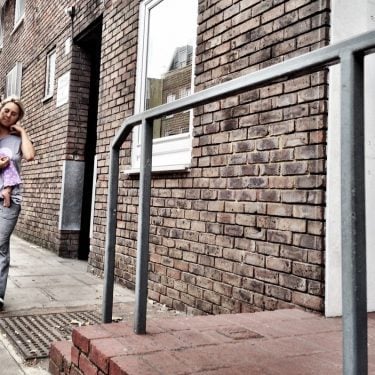
29/04/21
5 min read
Beverley Barnett-Jones MBE, Associate Director for Practice and Impact at the Nuffield Family Justice Observatory, responds to our evidence review, Protecting young children at risk of abuse and neglect.
This is an important and timely publication given the impact of the pandemic on the lives of children under five and the current independent review of children’s social care. In the review, Jordan Rehill and Carey Oppenheim examine an extensive body of research and raise important questions for further discussion and debate.
From birth to age five young children’s well-being is entirely dependent on the behaviour and capacity of the adults not only within their households, but in and around their world. Certainly, at some point between birth and the age of three, young children’s well-being is dependent on their parents, family, friends, kin and early childhood professionals. It is also shaped by the value society places on their experience of a ‘good’ childhood and their opportunity to flourish.
Young children’s well-being is also dependent on the investment in, and design and development of, systems to support the adults in their lives. Whilst investing in the lives of young children and their families is more than economics, we must not lose sight of the monetary and human costs of the ‘social transactions’ inherent within the current child welfare, protection, and family justice systems.
I wonder whether the idea of a social contract between the state and families does justice in these times, to the term welfare, given that we appear to have a burgeoning ‘family regulatory system’. For example, the point of contact where the state intervenes in family life to protect (or not) children is vested not only in the local authority children’s department, but also in the work of the immigration and asylum system, the Department for Work and Pensions, the Department of Education, the Department of Health and Social care and Ofsted, to name a few. Crucially, parts of this system escape the framework of the Children Act 1989.
The rights of parents to make the best decisions for their children and to be supported to meet their children’s needs are not solidly protected from the behaviours of other parts of the state which directly impact on those sacred principles. Here, I am thinking of families deemed as having no recourse to public funds who are at risk of their children being removed from them due to consequential hardship.
The Protecting young children at risk of abuse and neglect review makes some important observations about what we do and do not know about children under five who are involved with the child welfare and protection system. Here, I will focus on three areas:
Evidence-based early intervention
Firstly, we now know that earlier help and intervention can prevent children from experiencing abuse and neglect. This is an amazing and wonderful known to know.
The question of how to understand the mechanisms that make early intervention effective continues to interest researchers. The review recognises limitations in how research is currently framed and explains how a comprehensive research picture is needed to inform effective evidence-based policy initiatives. It explores the type of governance that would better reflect professionals’ and users’ experiences of the child welfare and protection system – remembering that these groups are not mutually exclusive. Policy aims all too often focus on short termism, ideology and contradictions which can lead to irrationality in decision making.
For me, the question for researchers is how to get closer to the individual granular data that will help us understand the different outcomes of children with similar backgrounds once they encounter the child welfare and protection, and wider family regulatory systems. How do you do that ethically and in a timeframe that addresses the children who are waiting for effective helping systems? I am optimistic that the move to cohort studies which purposefully focus on ensuring the presence of ‘missing’ populations even when administrative data is linked, will take us closer to understanding the child’s journey and key transitions within it.
Linking up and sharing data
Secondly, although nascent in family justice literature, I welcome the development of an intersectional analysis built out of the work on deprivation, the social gradient, and the complexities of the intersects of race/ethnicities, class, and gender. Poverty is an important trigger for families to be noticed and monitored, but it needs further examination, explanation and may require an adapted practice response. This work shines a light on system behaviours and interactions between families and the state which may be producing, reproducing and/or reinforcing the disparities we see regionally and at the local level. Fewer referrals but more assessments. Why? What are the drivers?
As demonstrated by the review, it is important to understand the changing nature of family life and the experience of young children growing up in local communities. How much do local authorities know about the needs of children in their place, in their community and within communities?
Linking and sharing data about the whole life of a young child without a framework predicated on data sharing only for safeguarding purposes is a big issue fraught with difficulties but may be key to early intervention. A transparent and open democratically accountable use of predictive analytics may have a significant role in joining up the dots for those most in need of early support from the state.
Taking action
Thirdly, after reading the report there are things we can do now that will help without waiting for that vitally important research.
Let us make it compulsory to collect data on preschool attendees; let us work hard to inform and support families to send their children to preschool; let us bring preschool to home-school, learning from the good things the pandemic brought as well as addressing the digital divide.
Let us find a ‘Nanny Macphee’ in our community for every young Mum and Dad who needs one, rather than being bound by the notion of the state as ‘Nanny’ which really fails to grasp the changing nature of growing up in the UK today. I have no evidence for this, but I am sure if it were polled, most young people under 25 would not know who the Nanny is that is being referred to in that phrase.
Designing a new system
Let us not forget that if we get better at designing a reflexive adaptive system of care, support, education and health for those under-fives, we will have less need for those BIG state systems where demand has been driven by services failing to meet families’ needs earlier and effectively. This does not mean we will have less need to respond, or that we should by design move people out of systems of support (that we should ‘radically non-intervene’). But we will have learnt how to ‘help helpers help better’ and to support families to truly take back control of their lives, confident that they will receive a consistent sensitive and caring response when they need it. Research evidence has a significant role to play in getting to that future. In the meantime, research is helping us understand where we need to stop guarding the good intentions of the current system for fear of something worse.
About the author
Beverley Barnett-Jones joined the Nuffield Family Justice Observatory in May 2020 as Associate Director for Practice and Impact. She was previously on the frontline of children’s social care for 30 years, undertaking a variety of social work practice and management roles in local authority and family court settings. Always committed to making research count, she has spent the last few years bringing research and evidence into the design and development of new services.
She is a member of the FDAC partnership, acting as a mentor and support to the expansion of this innovative family justice model. Beverley is a social worker at heart, practicing relational activism and placing relationships and connecting at the centre. She received an MBE in June 2018 for her work with children and families.

